From Space to Canvas: How Laci Brock Blends Science, Art, and Authenticity
How one planetary scientist turned passion, burnout, and boldness into a new orbit.

Dr. Laci Brock is a planetary scientist turned science communicator and artist whose journey is as colorful and layered as her cosmic paintings. With a background in physics and a PhD in planetary science, Laci has studied everything from brown dwarf atmospheres to the power of storytelling through visual art. Today, she runs Steller Arts, a creative business where she shares space-inspired artwork, educates the public about astronomy, and brings science to life through multi-spectral painting.
I first came across Laci’s work while exploring voices in STEAM who blend rigorous academic training with creative outreach. Her ability to explain complex space science through accessible visuals—and her openness about the realities of academia, burnout, and self-discovery—immediately stood out. In a world where science communication is more important than ever, Laci’s work shows that the future of STEM is as much about imagination and empathy as it is about equations and experiments.
In this interview, Laci opens up about her path from research to full-time art, the experiences that shaped her, and why creating her own space—both literally and figuratively—was the best decision she ever made.
Q&A with Laci Brock
What first inspired you to study planetary science and science education? Was there a particular moment that sparked your passion?
I have that cliché story of wanting to be a scientist ever since I was little. All I knew was that I wanted to learn about space, weather, and volcanoes as much as possible. I grew up in rural Indiana, raised by a single dad. I loved being outside in nature—collecting rocks, watching storms, staring at the stars.
Once I got older, I realized you couldn’t be a meteorologist, volcanologist, and astrophysicist at once. You had to pick! So I decided to major in atmospheric science, hoping one day I could study severe weather on Earth or the atmospheres of other planets. One day, after my oceanography course, I chatted with the professor. He told me our department at Purdue was getting a new planetary science professor named Jay Melosh. That’s when I learned about planetary science—an interdisciplinary field that combined all the physical sciences I loved.
Meeting Jay was a pivotal moment in my life. Through him, I was able to participate in undergraduate research, join science team meetings, and attend my first professional conference. I changed my major to interdisciplinary physics and enrolled in grad-level courses with his students, including field courses. I essentially created my own planetary science major and helped shape the major for future students at Purdue. Sadly, Jay passed away in 2020 before I finished my PhD. I hope he would be proud of me.
How did your journey lead you to founding Steller Arts? What inspired you to transition into selling art full time—full-time science communication through art?
In January 2020, I was presenting my research at the American Astronomical Society meeting in Honolulu, Hawaii. Life was good. But things soon changed with the start of the pandemic. Science is a collaborative process, and being on campus in that research environment is crucial. Then, all of a sudden, everyone was trapped at home, away from academic life. I was privileged to be able to work from home during lockdown, but I slowly became disconnected and lost in the formative years that would shape my career as a scientist.
Sitting in a dark office coding and writing all day was sucking the life out of me. I started to question whether I wanted to stay in academia. I joined social media, hoping it would help keep my passion for science alive and connect me to others during such a lonely time. I created science communication videos, talked about my experiences as a grad student, and shared my space-inspired artwork. My social media presence was growing behind the scenes while I was preparing to defend my PhD, which further solidified my gut feeling that I belonged in a position where I could combine my expertise in science, education, and art. The problem? Not many positions called for such a unique skill set.
I successfully defended my PhD in November 2021 via Zoom from my home. I accepted a postdoctoral fellowship with my PhD advisor to continue my research on brown dwarf atmospheres beginning in January 2022. I knew the funding was limited, but it gave me more time to answer a difficult question—what should I do with my life now?
A wave of physical and mental exhaustion smacked me in the face a week after finishing my degree and through my postdoc. I truly loved my research topic, but I finally took a moment to listen to my body. I needed a break. I worked three jobs during undergrad while balancing a full-time course load. My second semester of grad school, I got in a terrible car accident. A careless driver crossed into my lane and hit me head-on, shattering and breaking multiple bones in my foot. I couldn’t walk for six months, and on top of that, I slowly started to realize I was trapped in an abusive relationship. There’s more I don’t want to get into, but basically, I had been running myself into the ground for years, pushing through trauma and obstacles without taking a moment to breathe.
After taking a few months off work to assume amoeba form and melt into my couch, I took the plunge. Steller Arts began as just a username, but it evolved into a real business in January 2023. If my ideal job didn’t exist, I would create it myself. The name Steller Arts comes from my love of space and nature, inspired by one of my favorite birds, the Steller’s Jay. Birding got me through a dark time after my car accident.
On January 20, 2023, I opened my first art shop. All 150 prints sold out in two days. I was completely blown away. All the time and energy I spent posting on social media during grad school was paying off. I left academia to create my own career path without knowing whether it would work out or not. I am fortunate to have a supportive partner who encouraged me to take the leap. I am much happier now and have slowly been recovering from burnout. I am working hard to make Steller Arts a successful, sustainable source of income and inspiration. My approach is to communicate science through my art. I am truly grateful for everyone who has supported me on this journey by engaging with my posts on social media or buying a piece of art. Thank you!
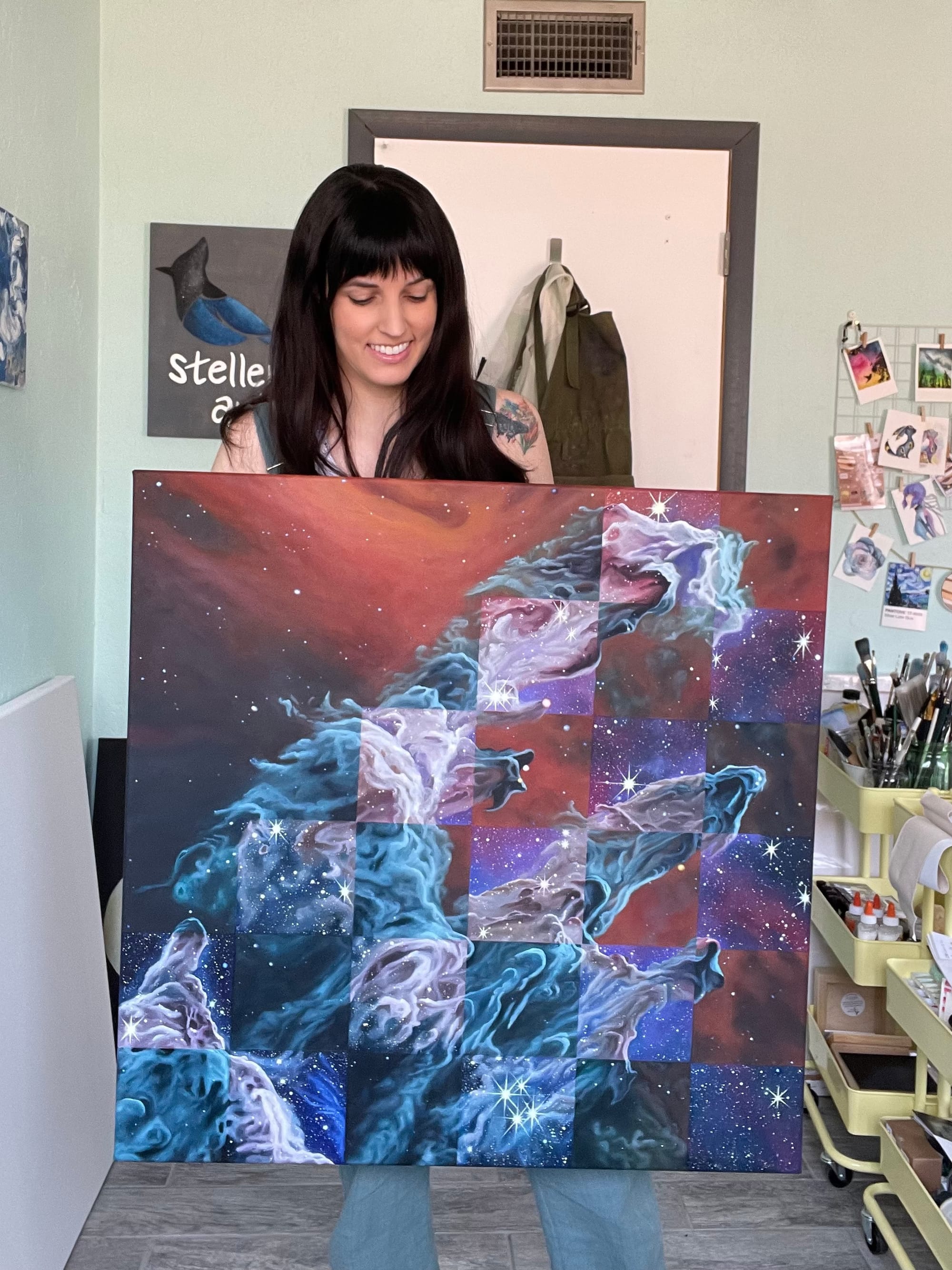
What do you love most about combining science and art? How do you think visual storytelling can help make complex ideas more accessible?
There is an unspoken mindset that to be good at science, you have to be a strict analytical person focused only on numbers and equations. I disagree. I think creativity is an inherent part of science and actually helps you become a better scientist. It allows you to look at research problems from a different perspective, develop unique ways of presenting data, or make technical subjects more relatable to your audience.
Art is especially powerful for communicating astronomy. Space art is the anchor that shrinks down the vastness of the cosmos to something more tangible on the human scale. We can’t directly experience cosmological timescales, and we can’t (sadly) hop in a spaceship to see what a particular exoplanet might look like. But through art, we can.
I personally love telling science stories through art because complex ideas can become more accessible and reach people from a variety of backgrounds. I taught physics and astronomy to undergrad non-science majors for many years. Several students shared with me that they had bad experiences with science and math, which caused them to become intimidated and shy away from learning. But physics is all around us. Once you’re able to make a connection to that student’s everyday life and make science relatable, you can convert those negative feelings into something more positive.
Throughout your career, have there been any moments that made you step back and say, “Wow, I can’t believe I get to do this for a living”?
Honestly, I felt this way when I was a college student! I felt very fortunate to be able to attend higher education and learn subjects I didn’t have access to during high school, like astronomy and astrophysics. I am the first person in my small family to get a college degree, let alone a PhD. After high school, I worked in registration at a hospital. I didn’t think someone like me could attend college. Eventually, I learned about financial aid and, at age 21, enrolled in college without any idea how to navigate the terrain. I fumbled my way around, transferring colleges until eventually graduating from Purdue University.
And that wow feeling only grew as time went on. Grad students aren’t known for being paid well, but I was excited I didn’t have to work three part-time jobs anymore and actually had health insurance. I was getting paid to do science! Me, a farm girl from Indiana getting paid through NASA grants to study the atmospheres of other worlds.
Now that I’m a full-time artist, I find myself saying “wow” all over again. I get to paint astronomical objects, chat about the science I love, and people from all over the world buy something I created. It constantly blows my mind, and words can’t accurately express my gratitude.
What’s a common misconception about planetary science or science communication that you wish more people understood?
The general public—and even other people in STEM—often get confused about what planetary science actually is. Planetary science is not just the study of planets. It’s a subfield of astronomy/astrophysics focusing on the smaller scale. So, for example, rather than researching how galaxies merge, you’re looking at how individual solar systems form within those galaxies, at the relationship between stars and planetary atmospheres, or even down to the surface of comets and asteroids.
Planetary science is interdisciplinary in nature, combining knowledge from astrophysics, chemistry, geology, and atmospheric science. The field is extremely diverse and has been growing for the last few decades. Now we have the technology to land rovers on Mars, send a spacecraft to orbit Jupiter, or launch a massive infrared telescope like JWST. Astronomy is no longer restricted to gazing up at the stars from our own planet.
What advice would you give to young people, especially those from underrepresented backgrounds, who want to explore both STEM and creative fields?
Do not listen to people who tell you to choose between science and art! I, and many others, fell prey to this bad advice growing up. In high school, my guidance counselor asked me what I wanted to do. I told him I was interested in Earth space sciences and art. He tossed a newspaper across the desk at me (yes, I am old) and smugly said, “Look for jobs hiring artists—you won’t find any.”
College advisors and faculty members echoed a similar warning: to be successful in STEM, you have to cut out distractions. There is no time for art if you want to be a scientist. Unfortunately, I listened because I didn’t know any better.
I journeyed through undergrad and a master’s program. Art was a distant, forgotten hobby. When I started my PhD program, I learned my department had an annual space art show called The Art of Planetary Science, which was all about connecting science, art, and education. Suddenly, my creative spark was reignited. I dusted off the paintbrushes and felt alive again. I met, for the first time, other scientists who were also successful artists—like Dr. William Hartmann.
Finding a STEM major is easy—most colleges have physics, chemistry, biology, math, etc. Finding a career path that unites science and art is less straightforward. My roller coaster of a path is definitely not one I would recommend to others! Instead, try to decide what kind of balance between traditional STEM and creativity you’re looking for. What do you want your day-to-day to look like?
I have friends who work as full-time astrophotographers, space artists, graphic designers at NASA, freelance scientific illustrators, science writers/communicators, or even work in academia and run a small art business on the side. Regardless of what is right for you, expressing your creativity only makes you a better scientist or engineer. Do not forget who you are while chasing your dreams.
What’s one project or piece of art you’ve created that you’re especially proud of? What makes it meaningful to you?
Spectrum of Storms, my giant painting of Jupiter’s Great Red Spot! This piece helped me develop my signature painting style, overcome my fear of painting on large canvases, and gave me the confidence to pursue art professionally.
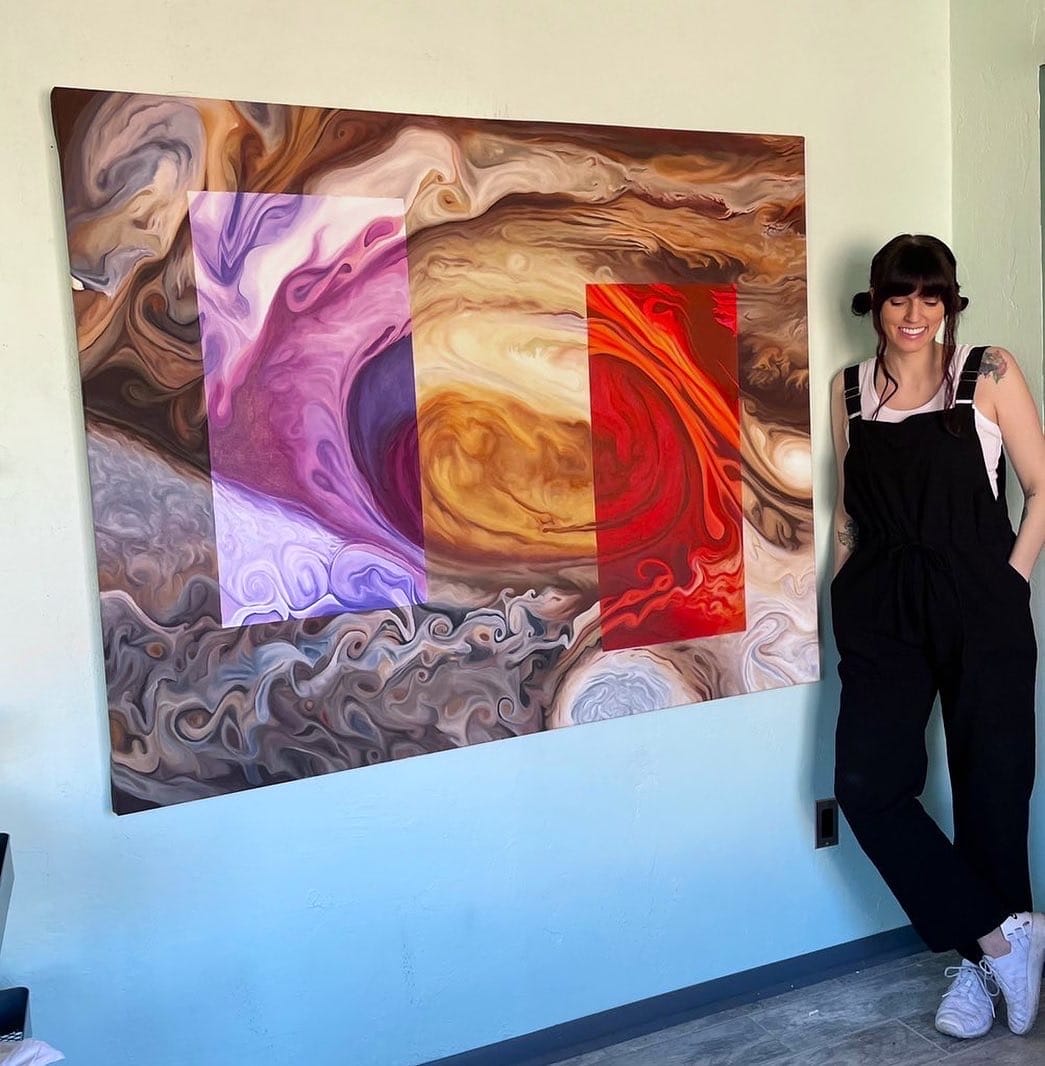
The story of how this painting came to exist is kind of a wild ride, but basically, it started as an assignment for an art class I was taking for fun as a PhD student. The painting began as an astronaut in a field of sunflowers with the Milky Way. The pandemic hit and essentially canceled class. This huge 4x5 ft. unfinished canvas sat in my house for nearly two years.
Finally, something clicked. To brave the large canvas, I needed to paint a subject that brings me comfort—Jupiter, my special interest. My goal was to create a space painting that reflected who I am as both a scientist and an artist. My research focused on combining space- and ground-based telescope data with computational models to better understand the atmospheres of brown dwarfs and exoplanets. On the art side, my paintings have vivid colors, smooth brushstrokes, and subtle details. Jupiter would be perfect.
I started with a 1979 image of Jupiter’s Great Red Spot from the Voyager 1 spacecraft in visible light. I combined more recent data from the Hubble and Gemini telescopes of Jupiter in ultraviolet and infrared light. I used two large rectangles like windows in light to simulate what the Great Red Spot looks like in different parts of the electromagnetic spectrum. Looking at the finished piece, I knew I had found my own painting style.
One way we better understand the properties of astronomical objects is through multi-wavelength astronomy—detecting, analyzing, and combining different wavelengths of light to get an overall picture of how an object behaves. I call my style multi-spectral art and think it’s the perfect way to unite my science and artistic sides.
STEM fields still struggle with diversity and inclusion. What do you think needs to change to make science and science communication more welcoming for everyone?
This is a heavy question right now as I watch science, diversity, and inclusion being vilified and disassembled in the United States. I wish I could describe a roadmap with tangible solutions, but I fear positive changes will require major systemic overhaul.
Several initiatives exist to encourage those from diverse groups and backgrounds to pursue STEM fields, but more work is required to retain talent once they enter those fields. Major cultural changes are needed to eliminate, for example, the sexism and racism that still persist.
I directly experienced an elitist attitude in academia toward humanities disciplines such as art, education, and communications. STEM departments should value cross-disciplinary knowledge and develop more tenured positions for professors who want to focus on education and teaching.
The importance of science communication is growing as time moves forward. Right now, we need qualified people disseminating science in an accessible way to combat the rampant misinformation online. Science education and communication should be celebrated as an integral part of science, compensated fairly, and not seen as a lesser field or career path.
We need to continue to break down barriers between scientific research and the general public by doing a better job discussing the nature of science—the way we arrive at knowledge and how that knowledge can change over time based on new evidence.
My 3rd-grade students love learning about space! What’s one fact about planets or the universe that would absolutely blow their minds?
On Earth, when it rains, water falls from the clouds. But the atmospheres of other planets in (and outside of) the Solar System are weird and interesting! Clouds on other worlds behave similarly to clouds on Earth. However, since the temperature, pressure, and composition of other planets are different, clouds can be composed of more than just water vapor.
On Uranus and Neptune, deep in the atmosphere where the pressure is extreme, it rains diamonds! Some exoplanets—planets outside of our Solar System—have extreme temperatures where it is hot enough to rain molten iron, liquid rubies and sapphires, or even sand (tiny quartz particles).
And for fun—if you could live on any planet or moon in our solar system (with full life support, of course), which one would it be and why?
I like living here on Earth—it is the best place for birding, after all! But if I could visit a few places, I’d love to start with Jupiter, my favorite planet. Jupiter has no solid surface, but it would be fun to take a dip into the atmosphere and check out the clouds.
Titan, my favorite moon, has hydrocarbon lakes I’d love to see. And finally, if I were allowed to leave our Solar System, I’d love to check out some exoplanets. Since the temperature of a star helps shape how life might evolve, it would be amazing to see what flora and fauna would look like compared to Earth!
Finally, if you could go back in time and tell your younger self one thing, what would it be?
Forgive yourself. I was naive and lacked an experienced support system, so I learned by making mistakes and finding answers along the way. I ruminated on poor decisions and became upset with myself for choosing incorrectly, not reaching milestones by a certain age, or for life not going as planned.
But mistakes are how we learn. I don’t regret the experiences or where I eventually ended up. Even today, I have to remember to be kind to myself. I did not expect to be starting a new career from the ground up after grad school, but I am happy and grateful for the opportunity to connect science and art in my own way, on my own terms.
Final Thoughts
Laci Brock’s story is a powerful reminder that there’s no single path through STEAM—or through life. Whether she’s decoding the atmospheres of distant worlds or painting Jupiter’s storms in vivid color, her work invites us to think bigger, feel deeper, and connect with science in unexpected ways.
If her journey resonated with you, consider supporting Laci by exploring her artwork, sharing her story, or simply following along as she continues to build something extraordinary on her own terms.
You can find her work and social links below—every like, comment, and purchase helps keep the cosmos a little more creative.
Written by Andrew Hall @ SheDidtheMath.org
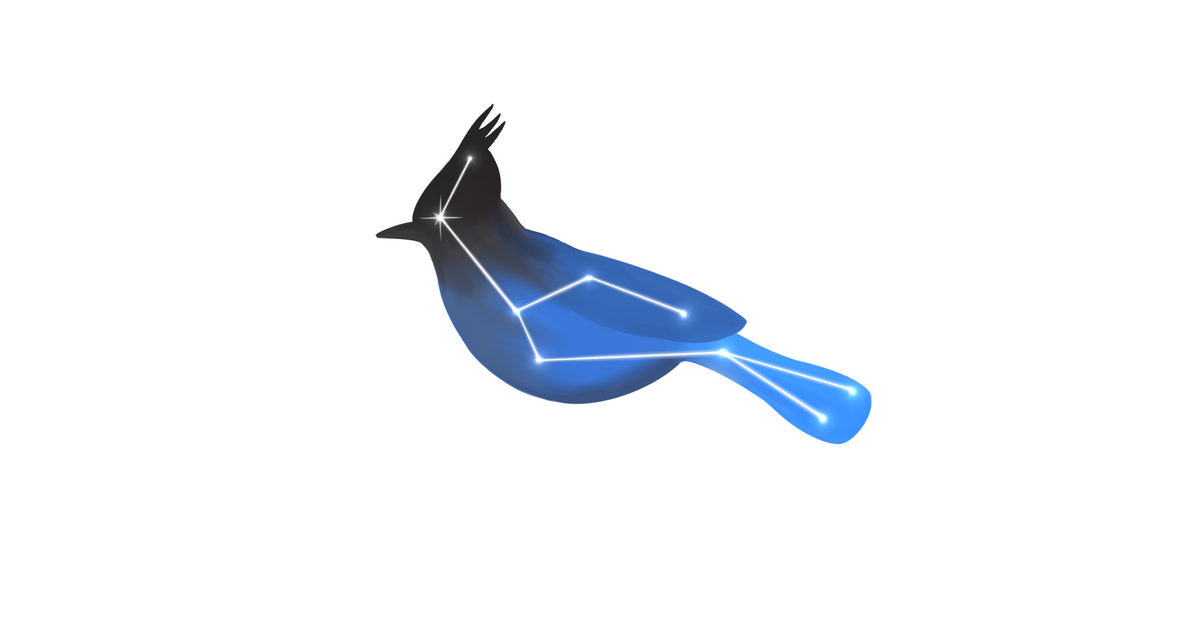
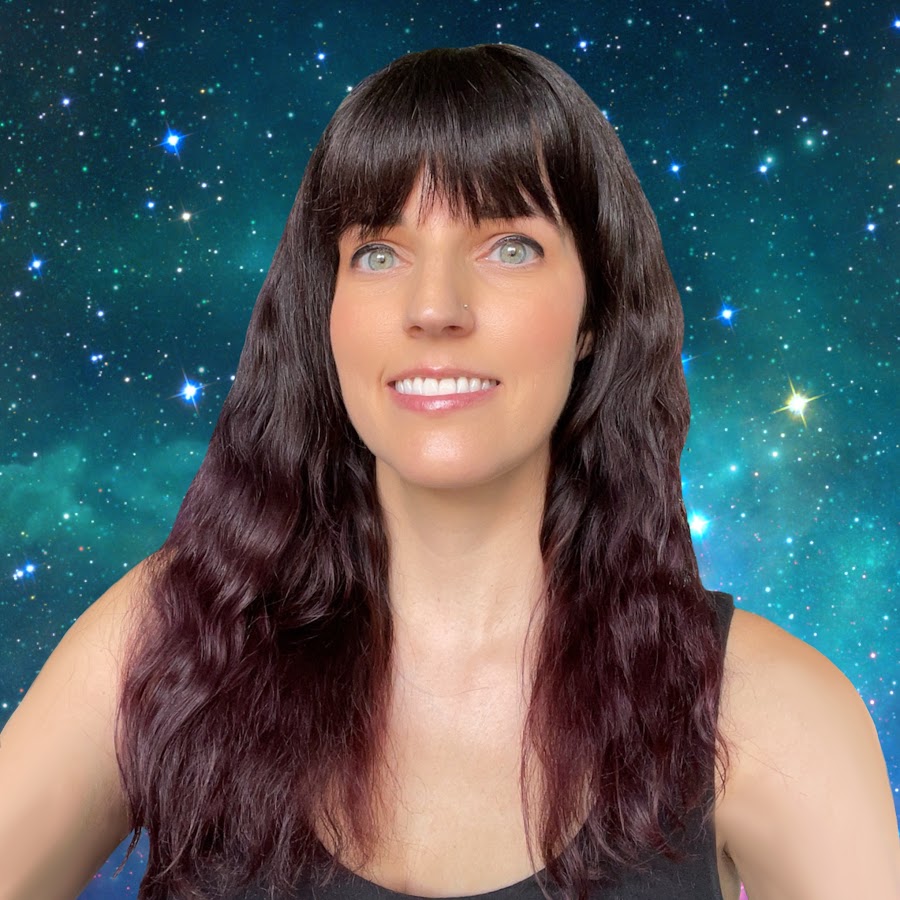
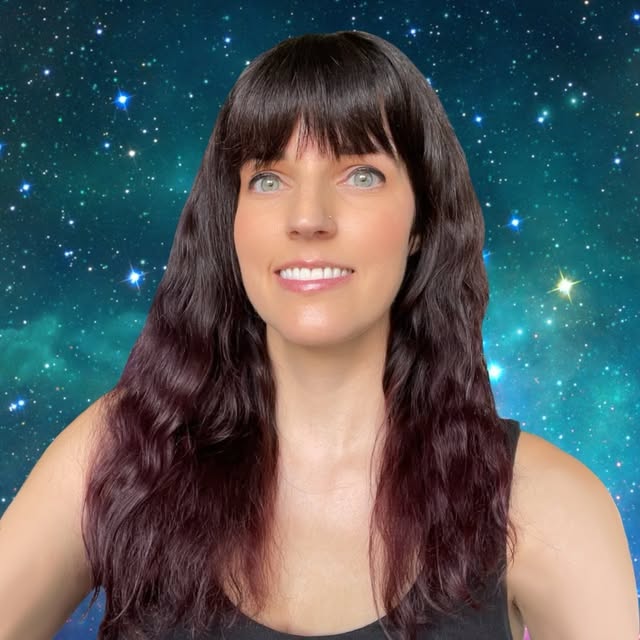



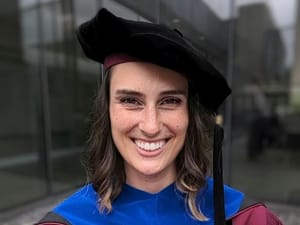
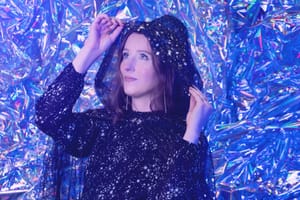
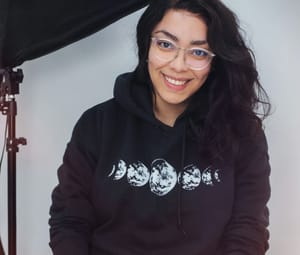

Comments